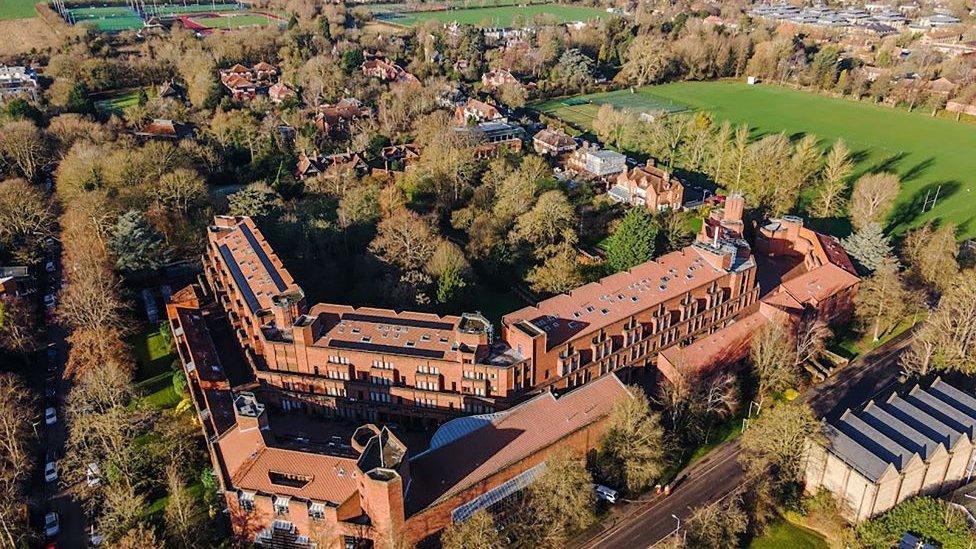Grade II listing for 20th Century college buildings
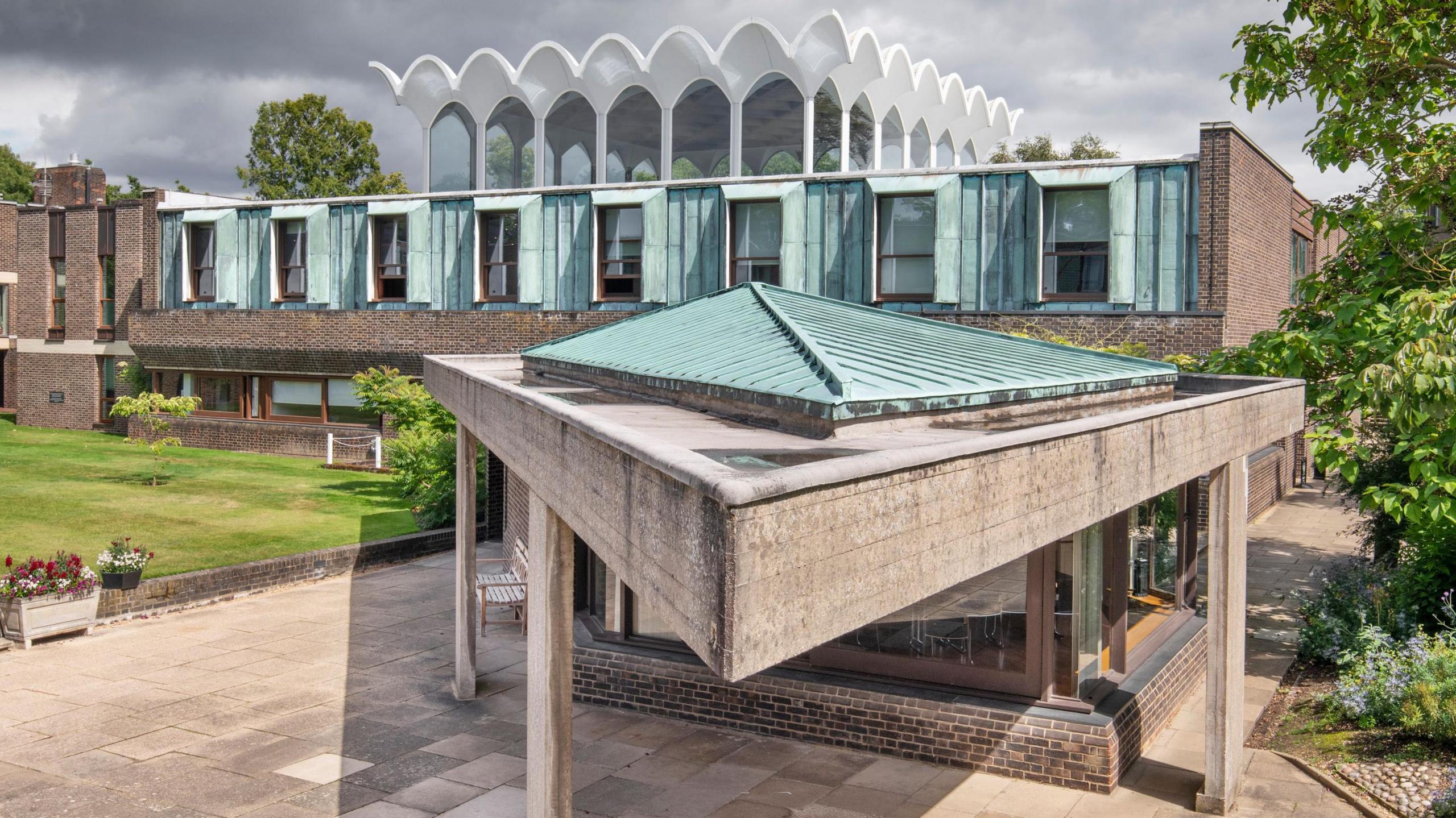
Sir Denys Lasdun designed the initial communal buildings, built between 1960 and 1963
- Published
A 20th Century "reinterpretation of the traditional Cambridge college" has been given a Grade II listing.
The Chapel, New Court and Central Hall Building at Fitzwilliam College have been given the legal protection, awarded to buildings of national importance.
The institution was founded in the 19th Century and became a fully independent University of Cambridge college in 1966.
"Our buildings tell our story and show how Fitz does Cambridge a little differently," said Rob Cantrill, the college's bursar.
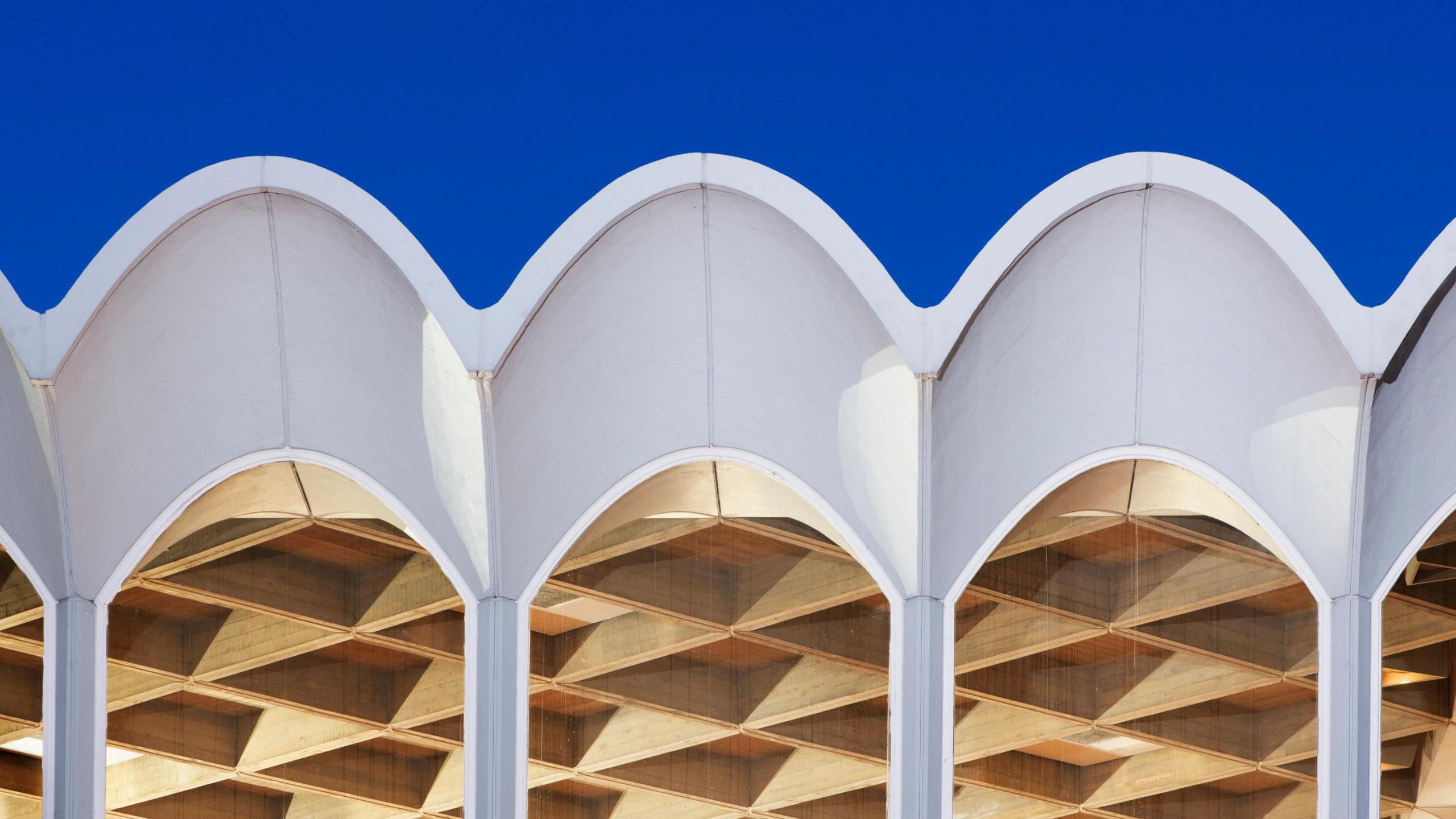
The design for the Central Hall Building included a lantern roof of arched glazing
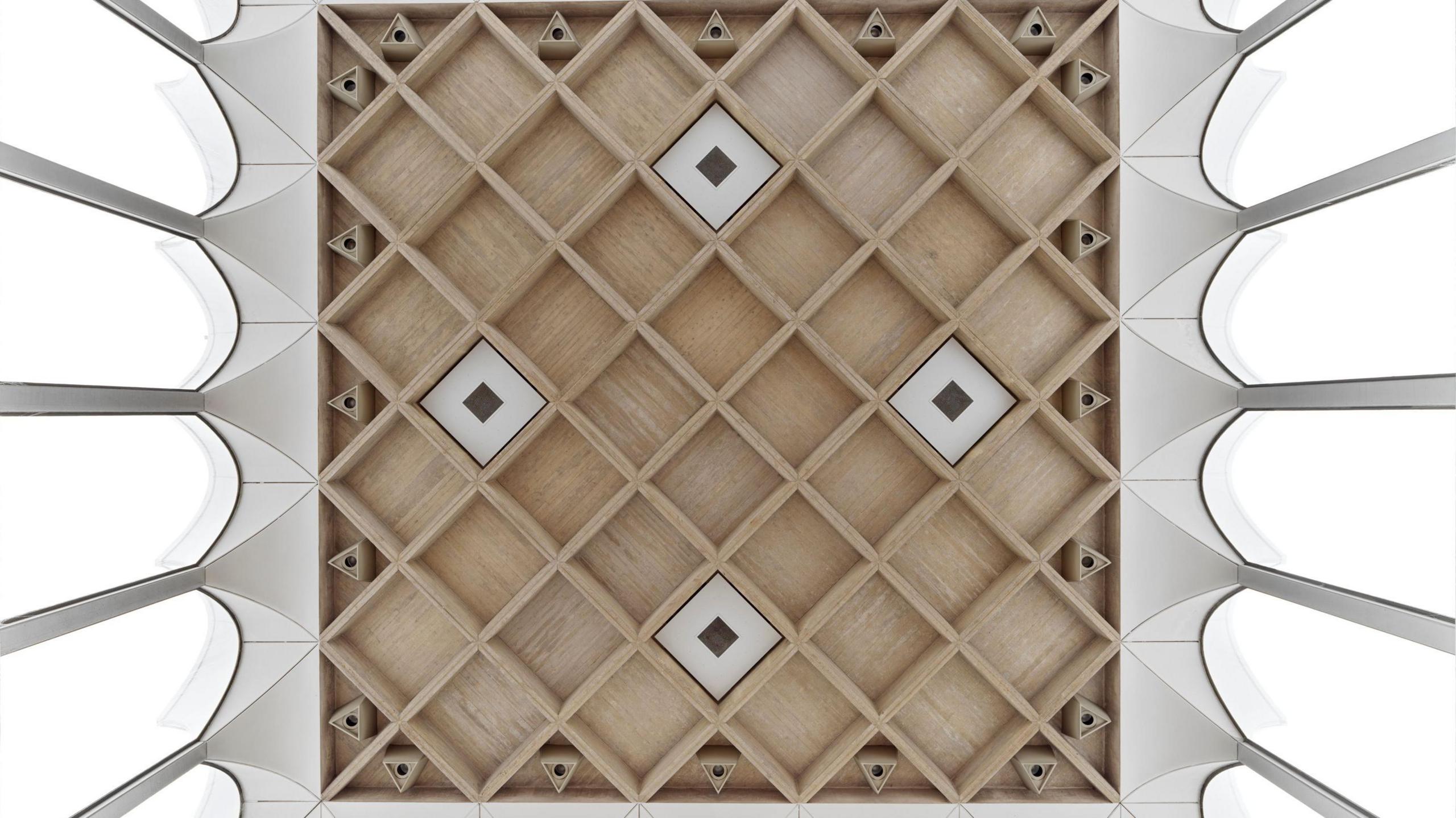
College bursar Rod Cantrill praised its "gravity-defying glass lantern"
"The Grade II listing of three of our most important buildings represents a ‘coming of age’ for the college’s 20th Century buildings and the college is immensely proud of this public mark of recognition," he added.
The dining hall, kitchens, and various communal spaces - including the Central Hall Building - were designed by Sir Denys Lasdun between 1960 and 1963. He is best known for London's National Theatre.
Architects MacCormac, Jamieson and Prichard (MJP) created New Court in the 1980s and the Chapel in the early 1990s.
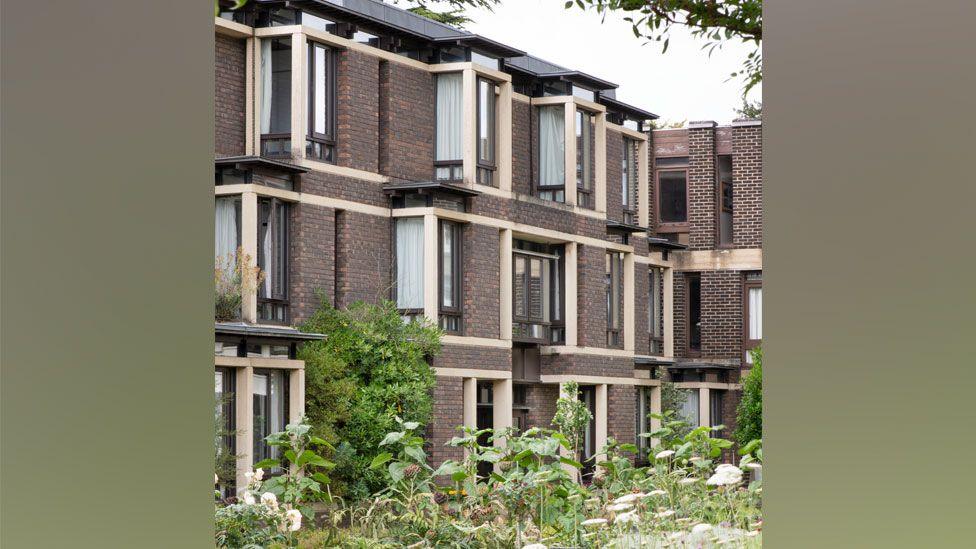
Also listed is MacCormac, Jamieson and Prichard (MJP)'s 1980s New Court
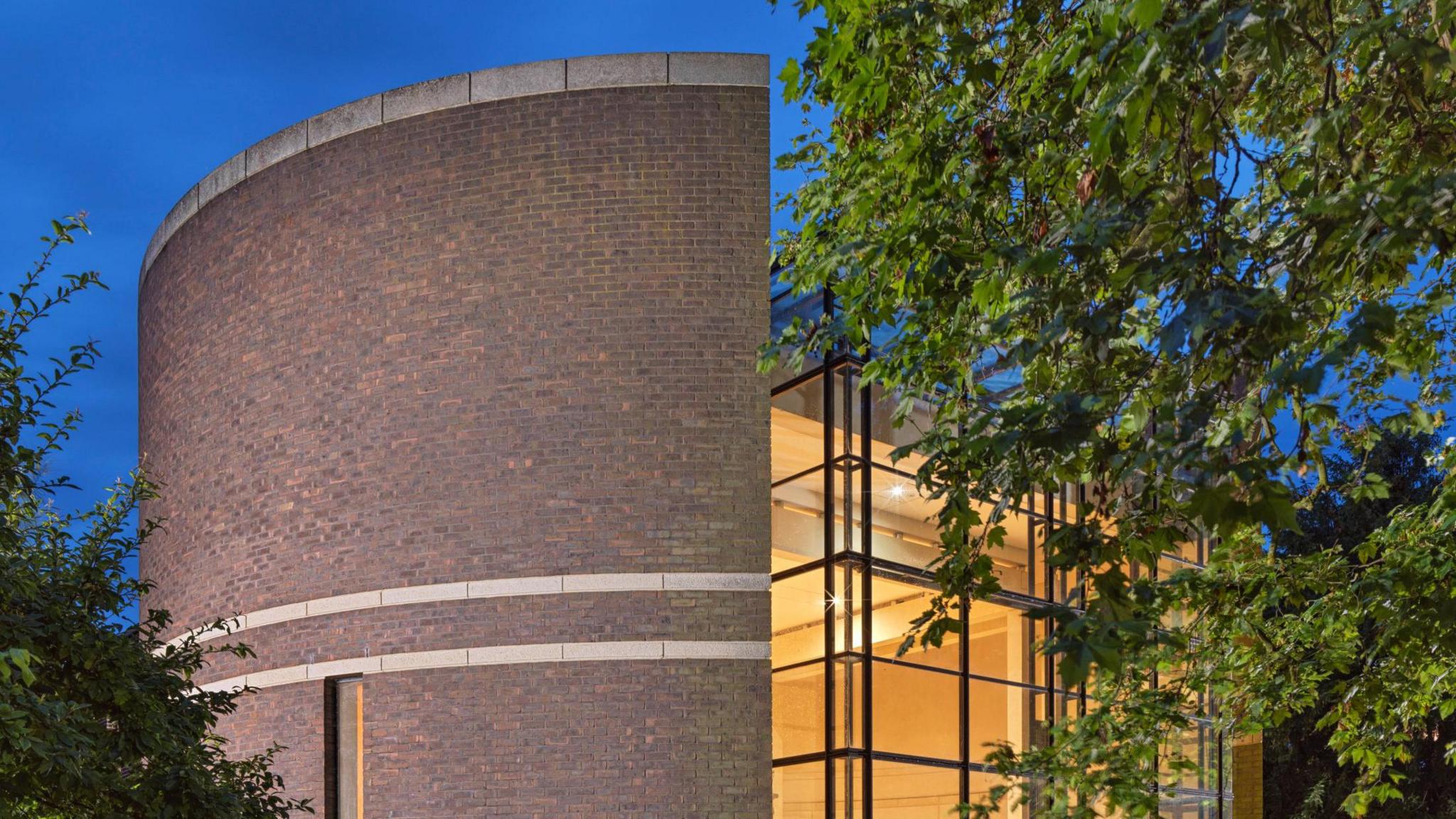
And their 1990s design for the college chapel
Duncan Wilson, Historic England chief executive, said: "These three fantastic buildings form a reinterpretation of the traditional Cambridge college.
"They were designed for an optimistic, forward-looking, post-war England, when university access was rapidly expanding, and new democratic ideals were finding architectural expression."
Fitzwilliam began as a non-collegiate institution, providing a Cambridge University education to male undergraduates who were unable to afford membership of a college.
It moved from a site opposite the Fitzwilliam Museum to north Cambridge in the 1960s and began admitting women in the late 1970s.
Catherine Croft, director of the Twentieth Century Society, said: “Fitzwilliam College, Cambridge may not have honey-coloured medieval stone courtyards or be on the banks of the River Cam, but its amazing modern architectural heritage is now recognised by national listing, and its innovative architecture is every bit as inspiring and nurturing as its older rivals."
Get in touch
Do you have a story suggestion for Cambridgeshire?
Follow Cambridgeshire news on BBC Sounds, Facebook, external, Instagram, external and X, external.
Related topics
- Published3 June 2024
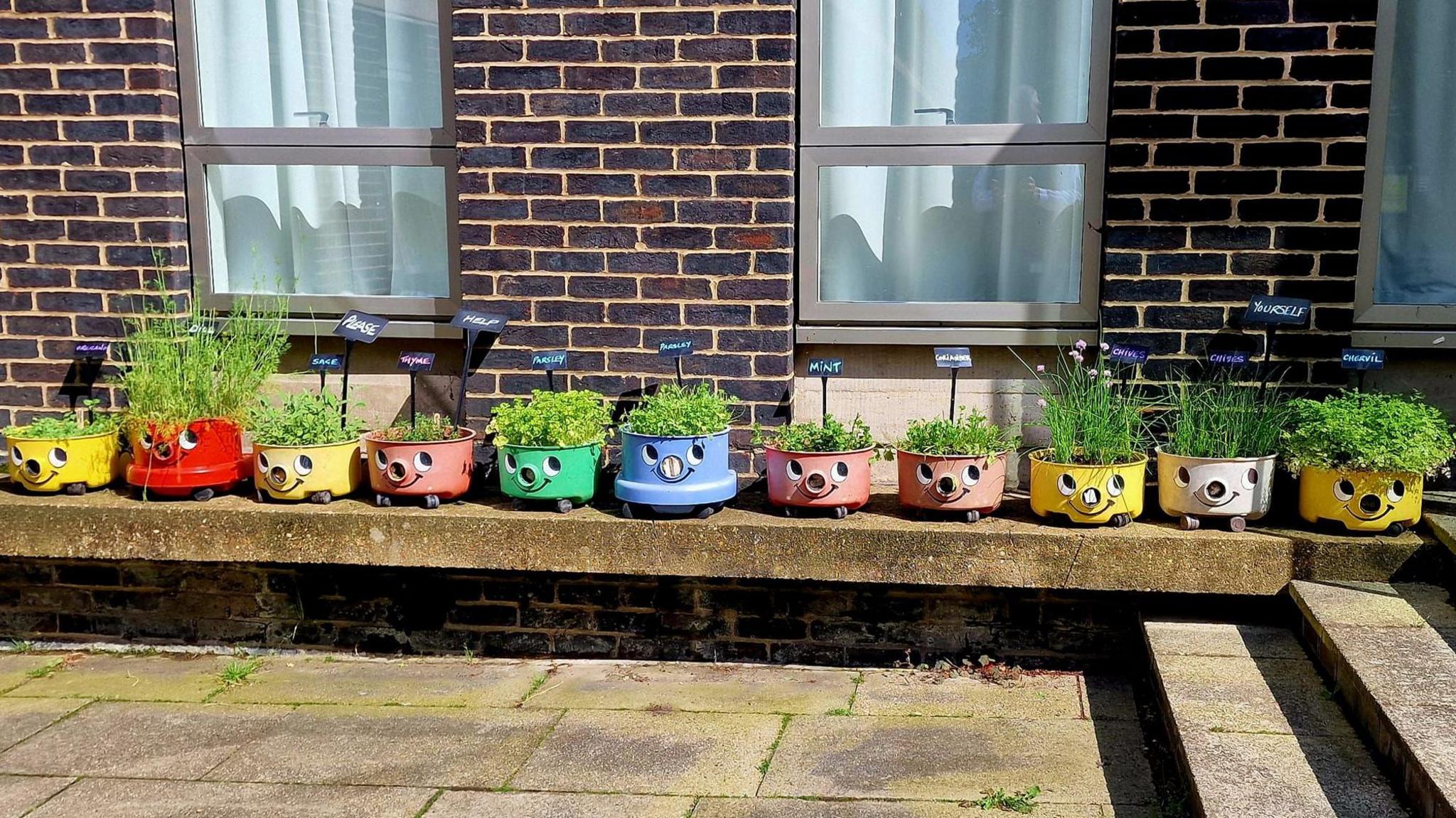
- Published28 June 2023
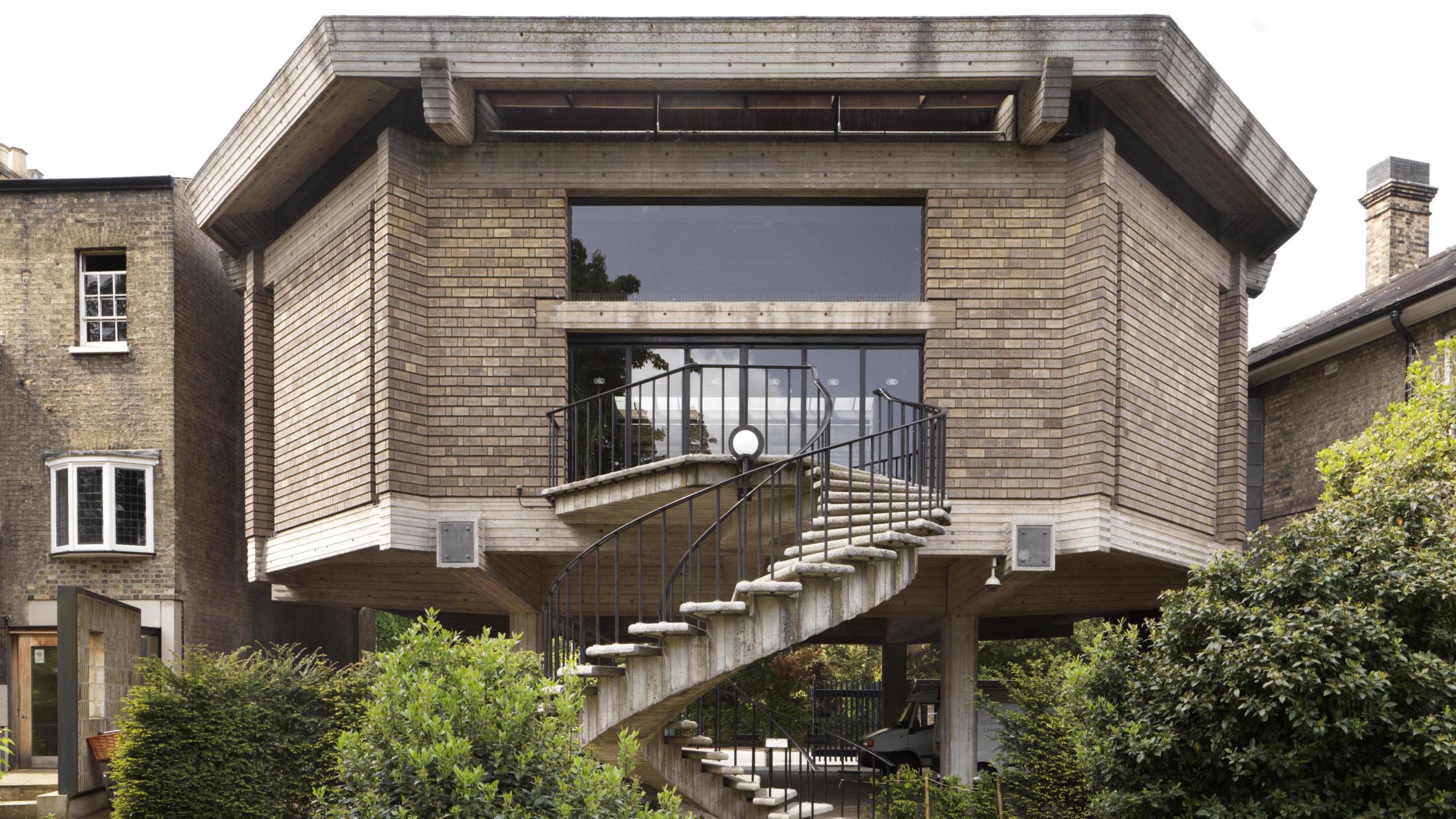
- Published18 November 2022
